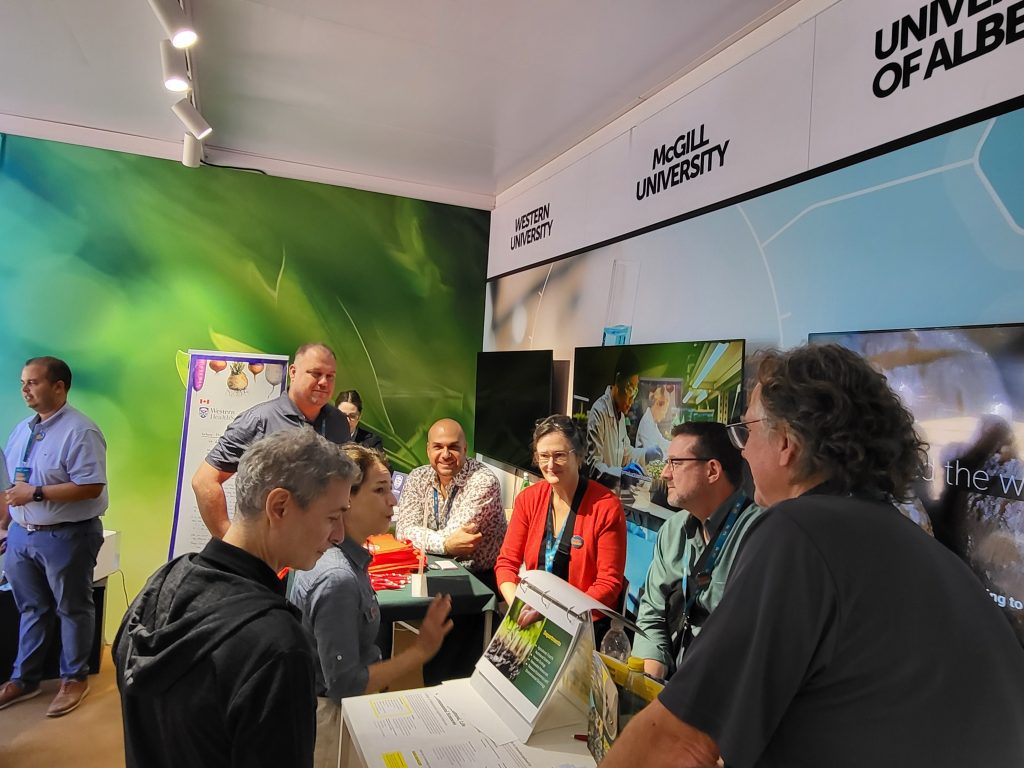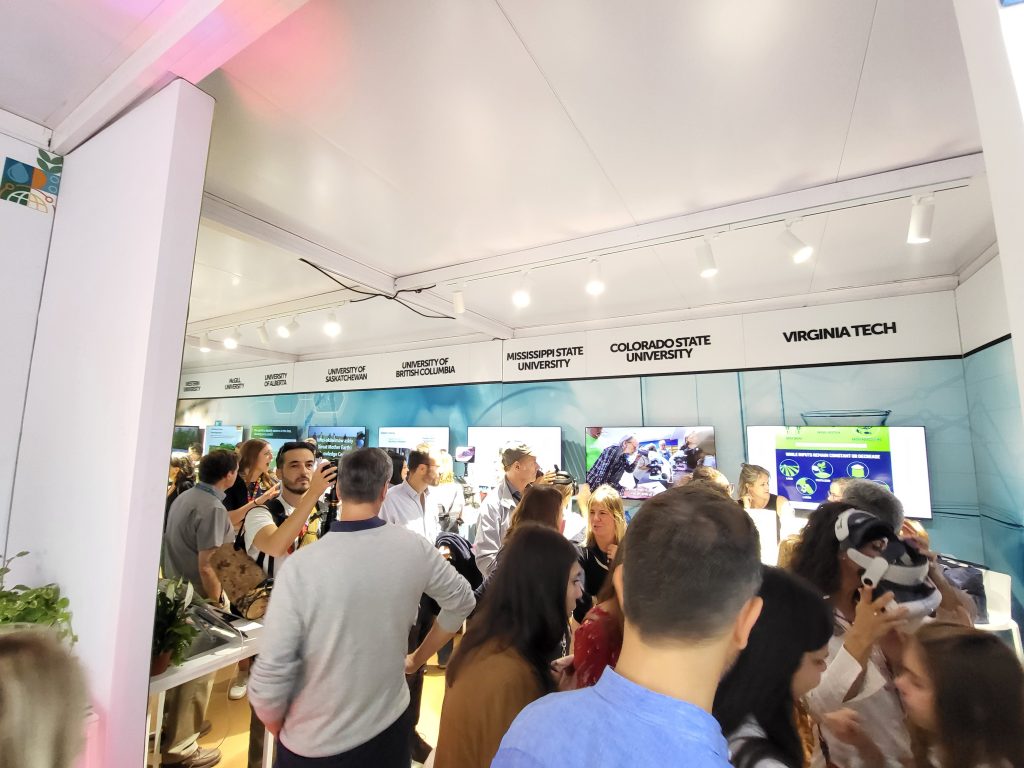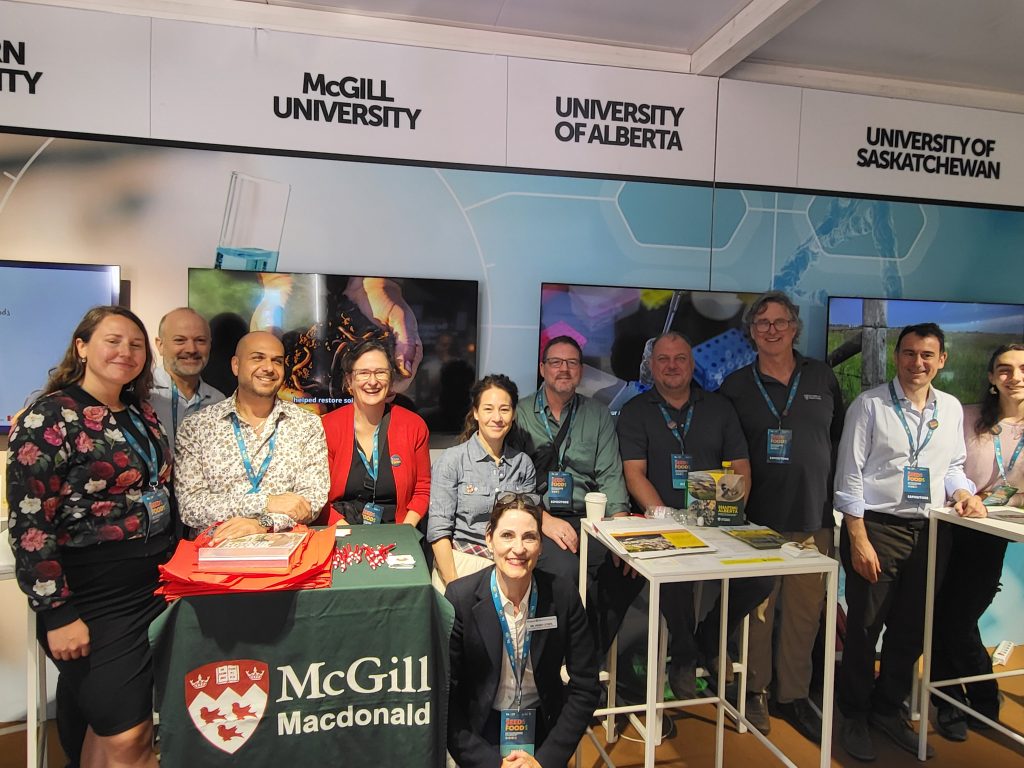Citation: Schmid J., Simmons S., Lewis M., Poesch, M. S. and R. Pouria. (In Press) Website visits can predict angler presence using machine learning. FACETS.
Also Read:
*Lab members: Julia Schmid and Mark Poesch. Check out opportunities in the lab!
Freshwater fishes are among the most imperiled groups globally with rates of decline comparable to declines in tropical rainforest species. Research in the PoeschLab focuses on developing a better understanding of the mechanisms for the decline of freshwater organisms. This research has four main themes, including: 1) threats to freshwater species at risk, 2) stream augmentation and hydrologic alteration, 3) climate change impacts to freshwater fishes, and 4) the spread and impact of invasive species. To achieve our research goals we utilize a variety of expertise in the PoeschLab and the University of Alberta. This includes expertise in: movement ecology and telemetry, assessing foodwebs using stable isotope analysis, population genetics and environmental DNA (eDNA) and morphology and swim performance.
Citation: Schmid J., Simmons S., Lewis M., Poesch, M. S. and R. Pouria. (In Press) Website visits can predict angler presence using machine learning. FACETS.
Also Read:
*Lab members: Julia Schmid and Mark Poesch. Check out opportunities in the lab!




Seeds 2 Food meetings at the Food and Agriculture Organization (FAO) of the United Nations at FAO headquarters in Rome, Italy (Oct 10-13, 2025). Last photo is with the Canadian contingent and Elissa Goldberg, Canadian Ambassador (center, front row).
More to come, please check back.
Also Read:
*Lab members: Marie Veillard and Mark Poesch. Check out opportunities in the lab!
Abstract
The invasion of non-native fish species poses a major threat to native salmonids in freshwater ecosystems. We investigated the potential displacement of threatened Bull Trout (Salvelinus confluentus) by non-native Brook Trout (Salvelinus fontinalis) and Brown Trout (Salmo trutta) in 44 headwater streams across Alberta, Canada. Using electrofishing surveys and a combination of single- and multi-species N-mixture models, we examined how fish abundance responds to instream habitat characteristics, landscape features, and species interactions, while accounting for imperfect detection. Results revealed that reduced Bull Trout abundance was correlated with the abundance of Brook Trout in cold streams (mean August temperature <11°C) that lack habitat complexity, particularly where large woody debris and heterogeneous channel features are limited. Conversely, Brown Trout were associated with reduced Bull Trout abundance in larger, lower-elevation systems, likely due to competitive dominance in deeper and slower habitats. These findings highlight that temperature alone likely does not dictate displacement risk; and that habitat structure and species-specific traits also play critical roles. Management strategies should prioritize the protection of cold, structurally complex streams and consider targeted removals or exclusion strategies to limit further invasion. Habitat restoration and assisted colonization to suitable, non-invaded refugia may further enhance Bull Trout conservation under ongoing climate and land-use change.
Citation: Pallard J. and M. S. Poesch. (In Press) Factors affecting Bull Trout (Salvelinus confluentus) abundance and potential displacement by non-native Brook Trout (Salvelinus fontinalis) and Brown Trout (Salmo trutta) in headwater streams. Aquatic Conservation: Marine and Freshwater Ecosystems 35(9): e70227. DOI: 10.1002/aqc.70227.
Also Read:
*Lab members: Jacquie Pallard and Mark Poesch. Check out opportunities in the lab!
Abstract
The expansion of invasive species significantly threatens ecosystem biodiversity and stability, often leading to alterations in food web dynamics and trophic interactions. This study examines the impacts of two invasive species, the Chinese Mystery Snail (Cipangopaludina chinensis) and Northern Crayfish (Faxonius virilis), in Alberta’s reservoir ecosystems. These species, originally from Asia and Canada’s eastern regions respectively, have established populations in Alberta, raising concerns about their effects on local aquatic food webs. Using stable isotope analysis across five reservoirs with varying invasive species presence, we assessed shifts in trophic structure, resource use, and isotopic niche overlap among native and invasive species. Findings reveal that reservoirs with invasive species showed significant changes in food web length, trophic diversity, and isotopic niche overlap, especially in systems where both species coexisted. Notably, both invasive species reduced macrophyte availability, or availability of isotopically similar resources, leading to shifts in fish diets toward higher trophic levels and affecting their trophic positions. Additionally, niche overlap between the two invasives suggests potential competition for resources, with Northern Crayfish possibly predating on Chinese Mystery Snail in resource-scarce environments. These results indicate that invasive species presence can significantly impact trophic structures, leading to competitive exclusion, changes in fish feeding strategies, and broader ecosystem productivity alterations. Future management should prioritize containment and monitor these invasives’ long-term impacts, particularly given their potential to disrupt biodiversity and ecosystem function.
Citation: Edgar M.*, Kimmel, N. and M. S. Poesch. (2025) Community trophic structure within reservoirs change in the presence of invasive Chinese Mystery Snail (Cipangopaludina chinensis) and Northern Crayfish (Faxonius virilis). Aquatic Sciences 87: 99. DOI: 10.1007/s00027-025-01220-z.
Also Read:
*Lab members: Megan Edgar and Mark Poesch. Check out opportunities in the lab!
Jessica’s paper develops a comprehensive overview of glaciers by the Rocky Mountains.
Citation: Serbu, J. A., St. Louis, V. L., Emmerton, C. A., Tank S., Criscitello, A., Silins, U., Bhatia, M., Cavaco, M., Christenson, C., Cooke, C., Drapeau, H., Enns, S. J., Flett, J., Holland, K., Lavelle-Whiffen, J., Ma, M., Muir, C., Poesch, M. S., and J. Shin. (2023). A comprehensive biogeochemical assessment of climate-threatened glacial river headwaters on the eastern slopes of the Canadian Rocky Mountains. JGR Biogeosciences 129: e2023JG007745.
Abstract:
The ability to accurately detect harmful aquatic invasive species in a species-specific manner is crucial to monitoring and management efforts. The Canadian province of Alberta currently harbors North America’s only invasive Prussian Carp populations, in addition to invasive Goldfish populations. The ability to quickly and accurately distinguish between these phenotypically similar fish, while also determining their presence in various waterbodies, is important in tracking invasions. In this work, we develop a cytochrome B–based assay, as well as an ND2-based assay to distinguish between these two fish. The 84-bp-long CytB assay featured a limit of detection of 5.8 and 4.8 copies/sample for Prussian Carp and Goldfish, respectively, while the 95-bp-long ND2 assay featured LODs of 6.3 and 1.6 copies/sample, respectively. We demonstrate that each of these assays fails to amplify these markers in closely related fish species common to Alberta. They also fail to amplify key invasive carp species, apart from the Goldfish ND2 assay, which cross-reacts with Common Carp. We then implement these assays and find 13 Goldfish and 47 Prussian Carp environmental DNA detection events throughout the Canadian province of Alberta. Finally, we show that assays broadly agree with visual observation data gathered from various reporting mechanisms, highlighting their validity in a monitoring program.
Citation: Hambrook J., Kimmel N., Robinson R., Foster D., Poesch M.S. and P. Hanington. (2025) Development, validation and implementation of eDNA-focused qPCR assays to detect and distinguish between Goldfish (Carassius auratus) and Prussian Carp (Carassius gibelio). Environmental DNA 7(2): e70092.
Also Read:
*Lab members: Mark Poesch. Check out opportunities in the lab!
Abstract:
Reliable angler activity data inform fisheries management. Traditionally, such data are gathered through surveys, but an innovative cost-effective approach involves utilizing online platforms and smartphone applications. These citizen-sourced data were reported to correlate with conventional survey information. However, the nature of this correlation—whether direct or mediated by intermediate variables—remains unclear. We applied Bayesian networks to data from conventional surveys, the Angler’s Atlas website, the MyCatch smartphone application, and environmental data across Alberta and Ontario, Canada, to detect probabilistic dependencies. Using Bayesian model averaging, we quantified the strength of connections between variables. Waterbody webpage views were directly related to daily- and weekly-aggregated boat counts in Ontario (51% and 100% probability) and to weekly-aggregated creel survey-reported fishing duration in Alberta (100%). This highlights the value of citizen-sourced data in providing unique insights beyond meteorological factors, with online interest serving as a potentially reliable proxy for angler pressure and effort.
Citation: Tayebi A. T., Schmid J., Simmons S., Poesch M. S., Ramazi P. and M. Lewis. (2025) Website views as a proxy for angler pressure and effort: Insight from Bayesian networks. Canadian Journal of Fisheries and Aquatic Sciences.
Also Read:
*Lab members: Julia Schmid and Mark Poesch. Check out opportunities in the lab!